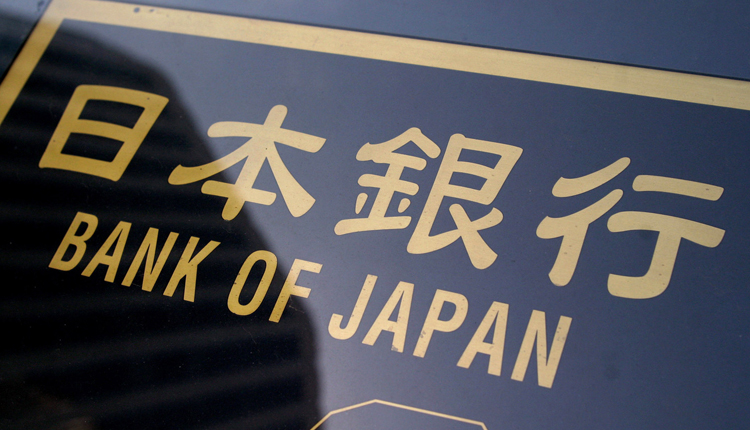The Bank of Japan posted its biggest annual recurring profit in two decades in the fiscal year ended in March, which will allow it to buffer against any losses its asset holdings may incur when it exits ultra-loose policy in the future.
The results may ease market concerns, at least for now, that Governor Haruhiko Kuroda’s radical monetary programme could impair the central bank’s balance sheet and the credibility of the yen – the currency it prints.
In a business report for the year ended in March, the BOJ saw its recurring profit rise 63% from a year earlier to 2 trillion yen ($18.3 billion), the highest since 1998.
The increase was due largely to a weaker yen, which inflated the value of foreign asset holdings, and returns from investment on exchange-traded funds, the BOJ said in the report released on Wednesday.
The strong earnings allowed the BOJ to set aside 815 billion yen in reserves to guard against potential losses it may suffer when bond yields rise and deflate the value of its bond holdings. Yields move invertly to bond prices.
The BOJ’s capital-to-asset ratio rose to 8.7% as of the end of March, the highest since 2000, the report showed.
After years of massive bond buying to pump money into the economy, the BOJ holds huge amounts of government bonds that may incur losses when yields spike on expectations the central bank will raise interest rates.
The central bank also buys risky assets, such as exchange traded funds, that do not have a maturity and thus stay on its balance sheet unless it sells them. Some analysts worry that such risky asset holdings, too, would expose the BOJ to potential losses.
The BOJ’s total assets rose 5.4 percent from a year earlier to 557 trillion yen as of March, a record high. Of that sum, 470 trillion yen were government bonds, up 4.8 percent from a year ago, the report showed.
source: Reuters
